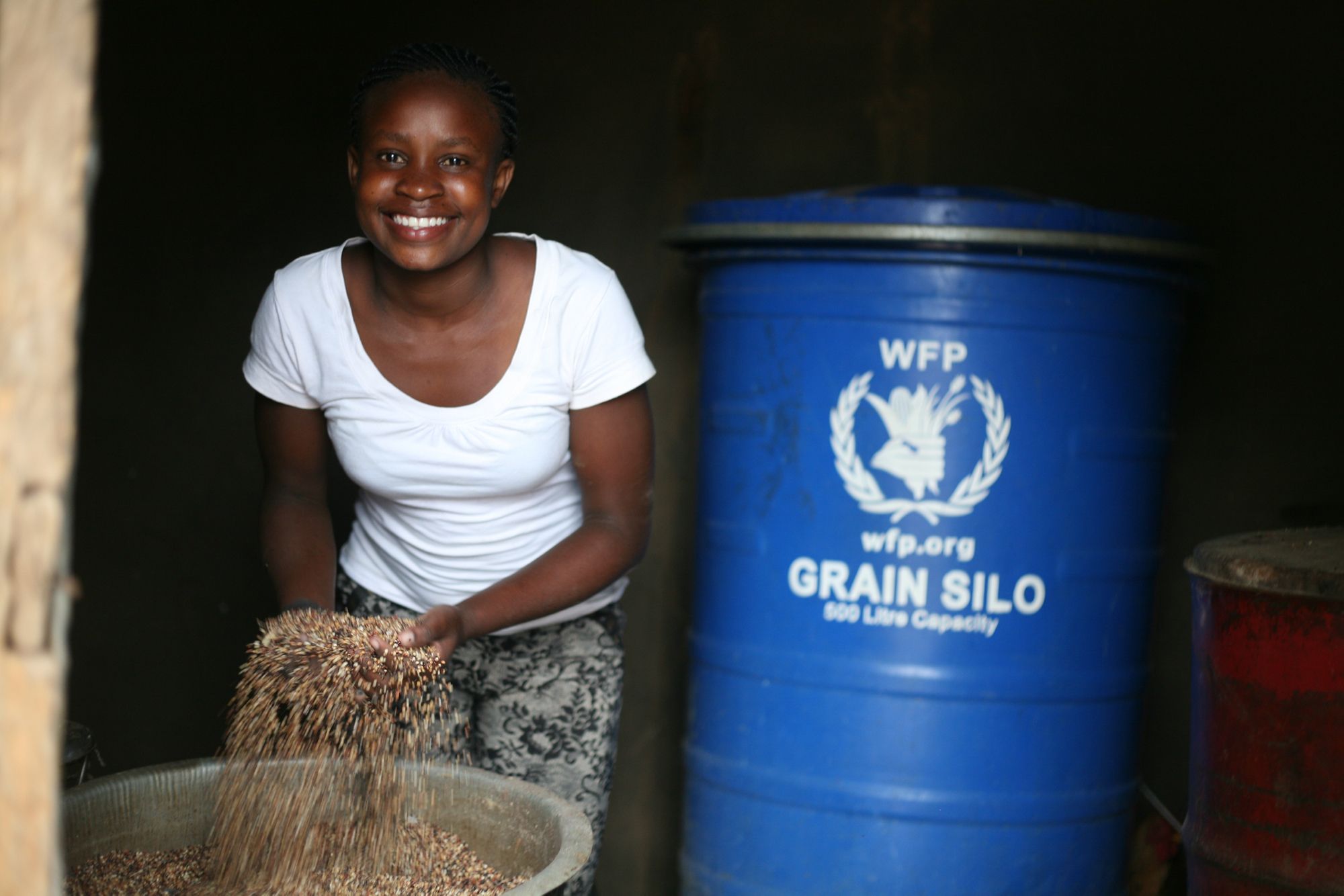Food Waste vs. Food Security: A Conversation With Karl Deily From Sealed Air

How does food waste relate to food security? We had the chance to speak with Karl Deily, President of Sealed Air Food Care, to discuss the root causes of food loss and how we can develop innovative approaches to achieve Zero Hunger worldwide.

Q: A new report shows the number of people who go to bed hungry has increased for a third consecutive year. How is food waste reduction a part of the solution?
A: Believe it or not, we already produce more than enough food to feed the 7.8 billion people living in the world. However, about one-third of the food produced for global consumption is lost or wasted each year. Solving food insecurity is not about producing more food, but rather making the most of the food that we already have. If we could save just one-fourth of the food currently lost or wasted, we could feed the 821 million undernourished people across the globe. Reducing food waste must be a top priority if we are going to help reduce hunger.
Q: What excites you about the World Food Programme’s (WFP) work to reduce food loss in developing countries?
A: Projects like WFP’s Zero Loss for Zero Hunger are essential for a sustainable food system. In developing countries, one-third of food produced for human consumption doesn’t even make it to the consumer due to a lack of infrastructure, cold chain management, and education on harvesting techniques. WFP is helping to prevent those losses through investments in technology and training on post-harvest crop management. Preventing post-harvest losses can help increase the availability of vital, life-sustaining nutrients where they are needed most. This inspiring approach helps reduce food loss while increasing global food security at the same time.
Q: How does our food system need to change to take sustainable action against hunger?
A: As we know, protecting our food supply is an essential measure in reducing hunger, and everyone has a part to play, from farmer to consumer. As consumers, it is up to us to prevent food waste. In addition, those that care about this issue need to raise awareness among those responsible in the food industry including retailers and food producers.
At Sealed Air we take this seriously. As a company supporting many players in the food industry, we have a responsibility to supply sustainable materials and technology that can protect food and reduce food waste and loss along the chain.
Q: The United Nations recently released a new report saying the number of hungry people worldwide is growing, with climate change partly to blame. How is climate change fueling the rise in malnutrition globally?
A: Climate change is a major issue related to food security. Weather patterns are becoming increasingly erratic, and extreme weather caused by a changing climate is making it more difficult for farmers around the world to succeed. As these farmers struggle, the people who rely on their harvests also struggle with hunger.
Many people don’t realize this, but food waste contributes heavily to climate change. The global effect of processing wasted food in landfills equals about 3.3 billion tons of carbon dioxide. So, preventing food waste not only improves global food security, but it can also help us mitigate the devastating impacts of climate change.
Q: When you compare developing countries to more developed countries, where is food loss or food waste most likely to occur?
A: Food waste occurs all around the world, but the reasons for that waste differ depending on where you are in the world. In developing nations, 40 percent of food losses occur at post-harvest and processing levels because of a lack of transportation, infrastructure, storage, and refrigeration.
Meanwhile, nearly 40 percent of food waste in developed nations occurs at the retail and consumer levels. Consumers are increasingly moving away from processed foods to fresh foods that spoil more quickly, and they aren’t necessarily aware that they’re responsible for food waste. In the end, we are all responsible and can take informed action to improve the situation.

Q: Can you share an example of a company or organization taking a creative approach to food waste and making a real difference?
A: Kroger’s Zero Hunger Zero Waste initiative aims to end hunger in local communities and eliminate waste within their own operations by 2025. They have committed to accelerating food donations to give 3 billion well-balanced meals, advocating for public policy solutions and establishing a $10 million innovation fund. Just last month, Kroger’s Atlanta division, consisting of Georgia, South Carolina and Eastern Alabama, reported that after only one year, they have already donated more than $6.1 million, provided more than 15.2 million meals to families in need and directed more than 2.8 million pounds of rescued food to donation partners. It’s companies like this that inspire others to take part in the fight against food waste.
Q: The theme for this year’s World Food Day is “Our Actions Are Our Future.” What actions can we take to ensure a future of ZeroHunger?
A: Eliminating hunger by 2030 requires immediate and deliberate actions to address the root causes of hunger worldwide, including food waste and poverty. Businesses and consumers alike need to re-imagine the modern food supply chain and their roles in reducing food waste.
We need to continue to innovate and develop new technologies and approaches and then educate those who can benefit the most on how to use those advances. By uniting innovative ideas and diverse expertise, we can continue to develop approaches to fight global hunger for a better future.
—-
Karl Deily is the President of Food Care, Sealed Air Corporation’s food packaging business, and an Executive Officer and Senior Vice President of the company. Since 2006, Sealed Air—the innovators behind Bubble Wrap® brand cushioning and Cryovac® vacuum packaging—has been a proud partner of World Food Program USA and WFP.
Connect with him on Twitter and LinkedIn, follow Sealed Air Food Care on Twitter, Facebook and LinkedIn.




